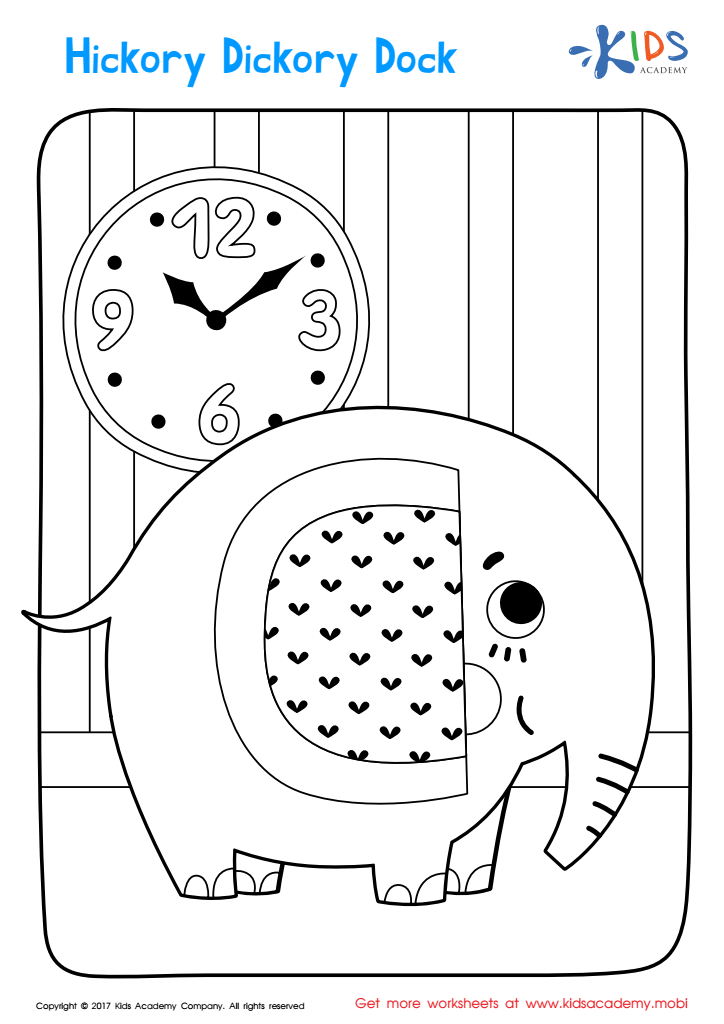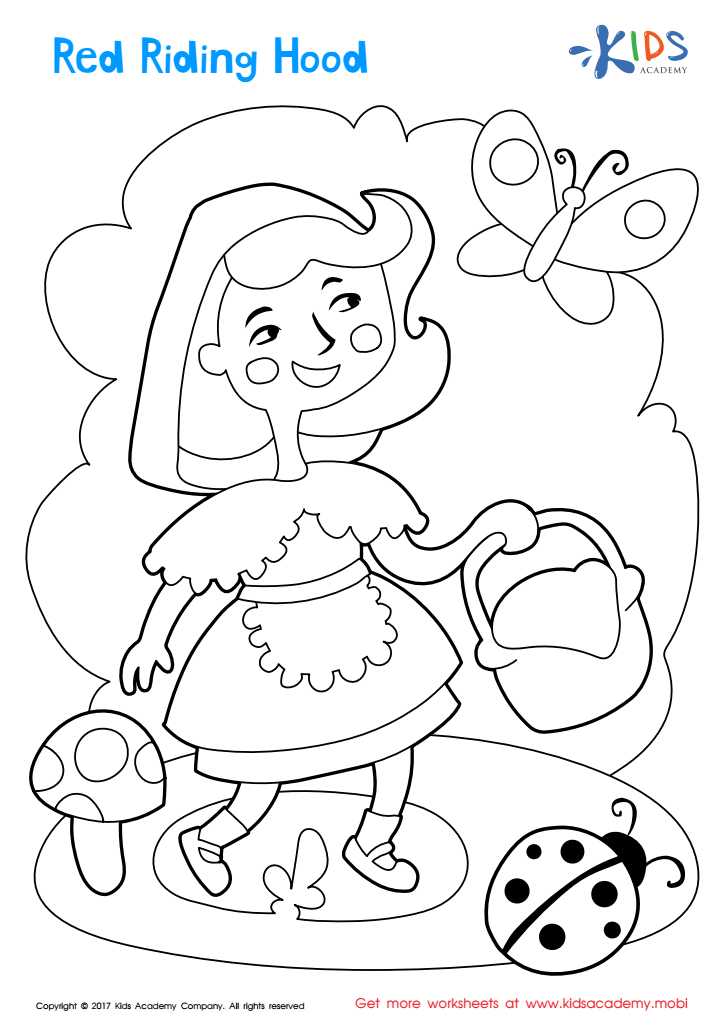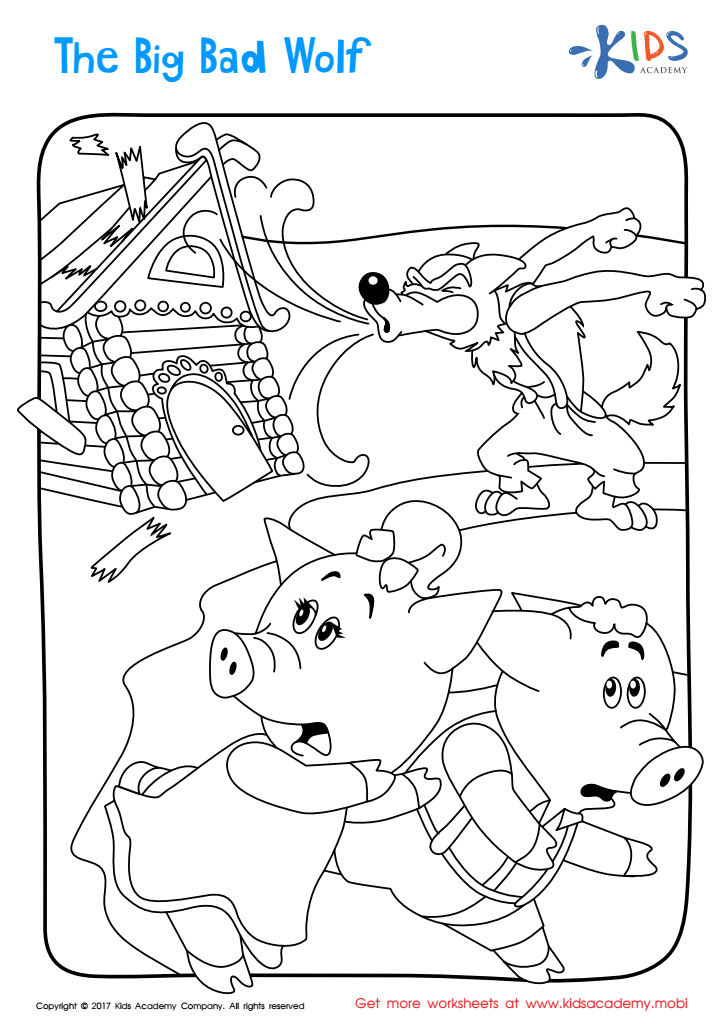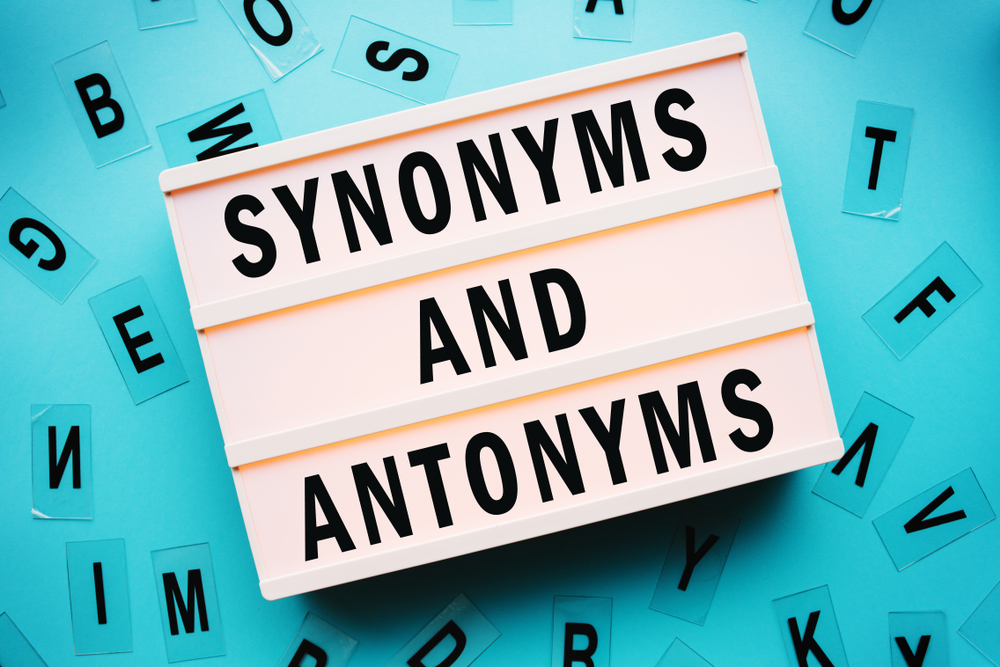Color recognition Reading Fiction Worksheets for Ages 4-9
6 filtered results
-
From - To
Discover our engaging Color Recognition Reading Fiction Worksheets designed for children ages 4-9! These interactive resources combine color recognition with reading comprehension, making learning fun and effective. Each worksheet features colorful illustrations and captivating stories that help young learners identify and name colors while enhancing their reading skills. Perfect for home or classroom use, these worksheets encourage creativity and imagination as children connect colors with text. With various difficulty levels, they cater to different learning stages, ensuring every child feels confident. Foster a love for reading and colors today with our unique, vibrant worksheets that inspire playful learning experiences!


Pre–reading Worksheet: What Do You See?


Little Blue Belle Worksheet


Twinkle Twinkle Little Star Coloring Page


Hickory Dickory Dock Coloring Page


Red Riding Hood Coloring Page


Big Bad Wolf Printable Coloring Page
Color recognition is a critical foundational skill for young learners, particularly in reading fiction for ages 4-9. Understanding colors enhances cognitive development, stimulates creativity, and fosters effective communication. When children recognize and name colors, they can describe characters, settings, and emotions in stories, enriching their language development and comprehension skills.
Fictional narratives often use colors symbolically—think of the warmth of a yellow sun or the somberness of a gray sky. By recognizing colors, children gain deeper insights into the text, helping them interpret the mood and intent of the story. This helps them connect emotionally with the characters and their journeys, promoting empathy and motivation to engage with literature.
For parents and teachers, incorporating color identification into reading activities allows for interactive learning experiences. Simple activities, such as identifying colors in illustrations or discussing the colors of objects in stories, can make reading enjoyable and stimulating.
Ultimately, fostering color recognition using fiction not only supports literacy skills but also plays a vital role in holistic child development, paving the way for a lifelong love of reading and learning.

 Assign to My Students
Assign to My Students







.jpg)
.jpg)











